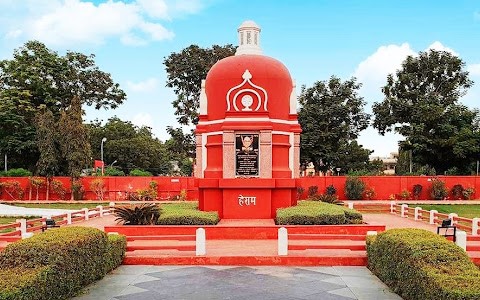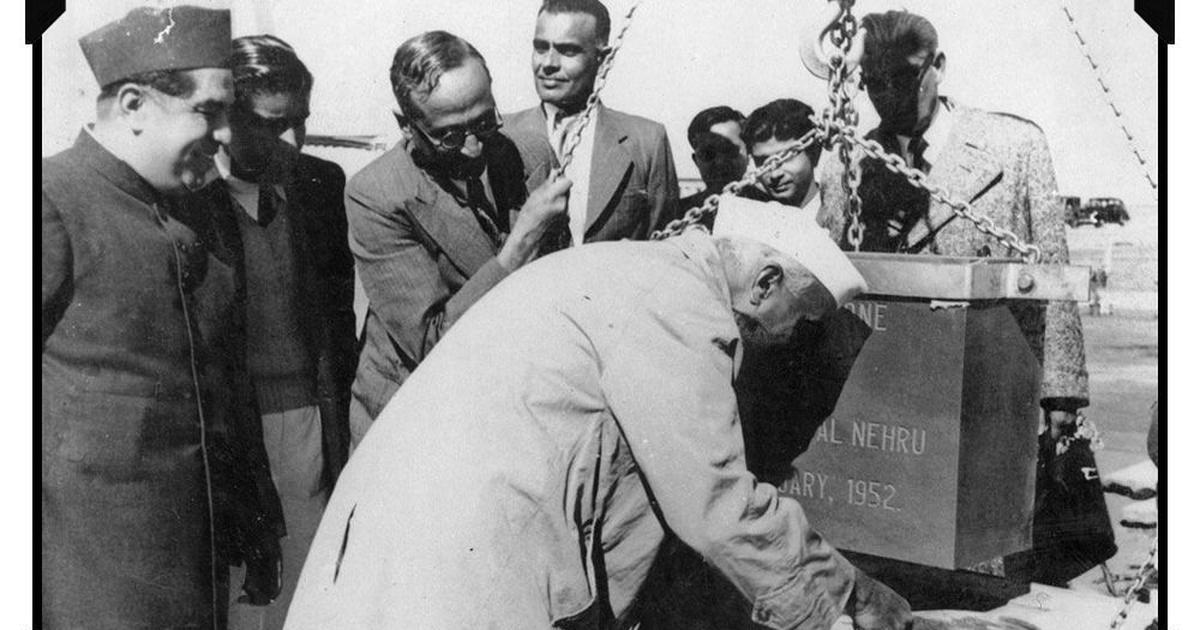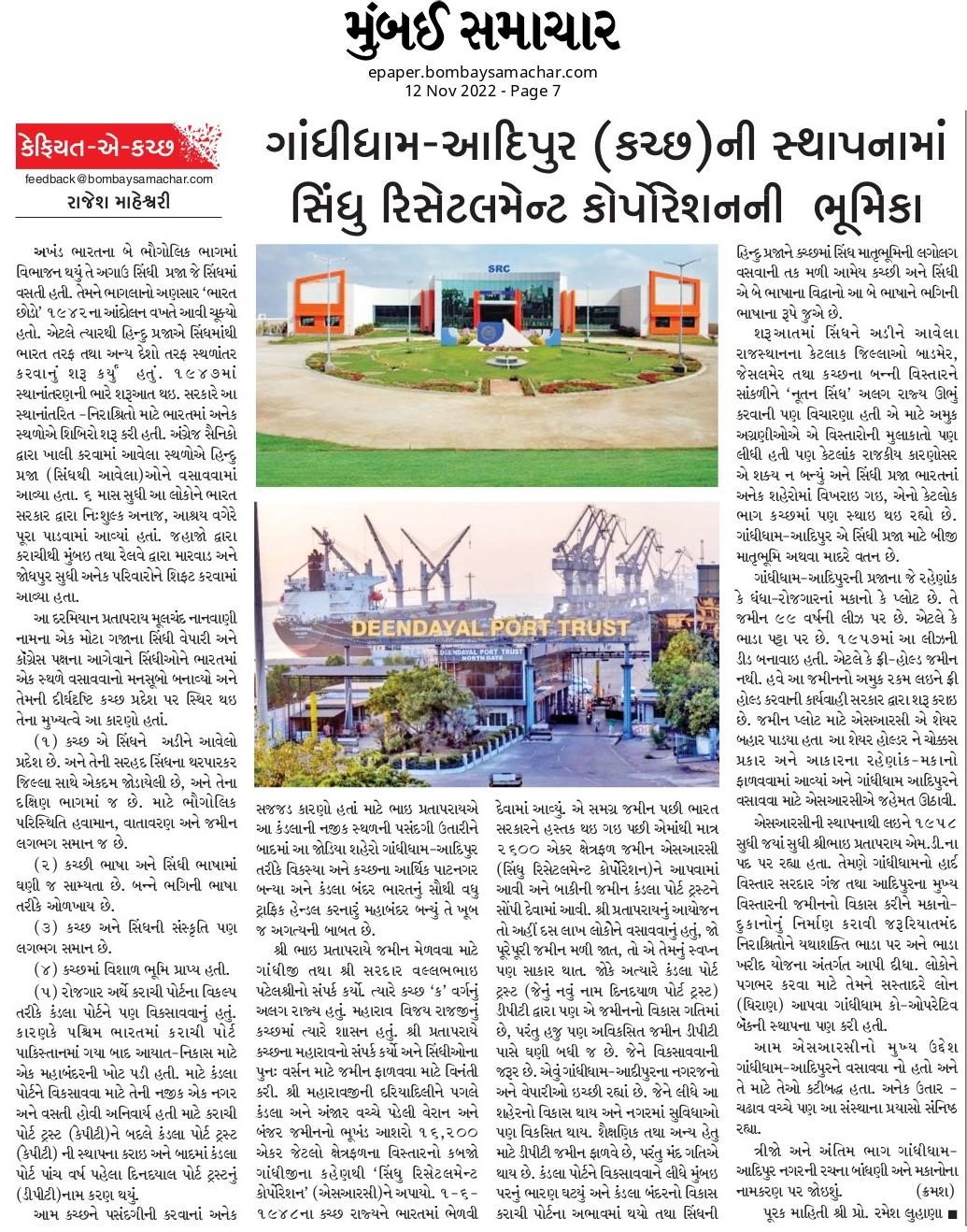
[Translation of an article named “Kaifiyat – e – Kutch (Part – II)” published on 12th November 2022 in “The Mumbai Samachar”, a Gujarati daily newspaper, published from Mumbai. The readers can click here to read Part-I]
Written by Rajesh Maheshwari|Translated from Gujarati by Vimal Shah
The Sindhi population had got subtle indications of the physical partition of then United India, at the time of Quit India movement in 1942. That’s why the Hindu population in Sindh had started migrating to other regions in India and other nations. In 1947 when mass migration started, the government had arranged shelters for these migrated people at many locations. The Hindu population (migrated from Sindh) were accommodated in the places vacated by the British soldiers. The government provided free food and shelter to these people for six months. Many families were shifted from Karachi by ships to Mumbai and by rail to Marwar and Jodhpur.
During this time an influential Sindhi merchant and a leader of the Congress Party named Pratapray Moolchand Nanwani planned to settle the Sindhis at many places in India. On 26th January 1948 SRC was established with Acharya Shri Kriplani as the founding Chairman and Bhai Pratapray as the Managing Director. With his foresight Bhai Pratapray identified Kutch mainly because:
- Kutch is located in the south and sharing a border with the Tharparkar district of Sindh having identical soil; geographical, weather, and environmental conditions.
- There’s a lot of resemblance between the Kutchi and Sindhi languages, also recognized as sister languages.
- Kutch and Sindh also share similar culture and traditions.
- Kutch had abundant land available.
- Kandla Port was to be developed as an alternative to the Karachi Port, for livelihood of people. Because India was lacking a big port in the western region for export and import, once the Karachi port became part of Pakistan. A town and settlement were necessary in the near vicinity of the Kandla Port. So, on the lines of Karachi Port Trust (KPT), a new Kandla Port Trust (KPT) was formed, which was renamed as Dindayal Port Trust (DPT) on 25th September 2017.

Thus, there were solid reasons for choosing Kutch. Bhai Pratapray finalised a land near Kandla, and these twin towns got developed as Gandhidham – Aadipur. It’s a matter of prime importance that they became the commercial capital, and Kandla became the highest traffic handling Mega Port of India.
Kutch was a ‘C’ class independent state ruled by Maharao Vijay Rajji, when Shree Bhai Pratapray approached Gandhiji and Shri Sardar Vallabhbhai Patel for acquiring land. Shri Pratapray contacted the Maharao of Kutch and requested for allocation of land for the rehabilitation of Sindhis. As a result of broad heartedness of Maharaoji and recommendation from Gandhiji, possession of about 16,200 acres of deserted and barren land was handed over to the Sindhu Resettlement Corporation (SRC).
In the early days there was a proposal to create a new state “Nootan Sindh” (New Sindh) including certain districts of Barmer and Jaisalmer of Rajasthan; and Banni region of Kutch which are adjoining Sindh.
The Kutch state was ceded to India on 1st June 1948. When the Indian government became the custodian of the entire land 2,600 acres was allocated to the SRC and the rest to the Kandla Port Trust. Shree Pratapray could have fulfilled his dream of settling ten lakh people on this land if the entire land was available. Though the development of land is taken up by the KPT (now DPT), they still have a large land that remains to be developed. The citizens and merchants of Gandhidham – Aadipur wish that the remaining land be used for the development of better facilities and infrastructure for the towns. DPT allots land for educational and other purposes but the pace is very slow. In the absence of Karachi Port, Kandla Port developed and shared the traffic of the overloaded Mumbai Port. The Hindu Sindhis got an opportunity to settle adjacent to their native land in Kutch.
In the early days there was a proposal to create a new state “Nootan Sindh” (New Sindh) including certain districts of Barmer and Jaisalmer of Rajasthan; and Banni region of Kutch which are adjoining Sindh. Some leading personalities had visited that region for the purpose but the idea did not materialise due to certain political reasons, and then the Sindhi population got scattered across many cities. A large number of Sindhis have settled in Kutch as well, and Gandhidham – Aadipur is like second mother land for Sindhis.

Italian architect Mario Bechiosis had prepared a master plan for the town. The plan was later enhanced by the American town planning firm M/s Edmund Howard and Grilly. The plots of land on which residential and commercial buildings of Gandhidham – Aadipur are constructed are on a 99 years lease. The lease deed was signed in 1957 and now the government has started the process for converting them into free-hold land at a certain fee. SRC had issued share certificates for the plots of land and allocated residential accommodation of certain type and size to the shareholders. Then Home Minister Shri Gopalswami Iyenger had also taken keen interest in the development of Gandhinagar. The employee’s colony of the Kandla Port is named Gopalpuri in his memory. In memory of Sundardas Chandnani, who cultivated trees on either side of the roads in the Gandhinagar Complex, the area is also known as Sundarpuri.
Since the establishment of SRC until 1958, when Shree Bhai Pratapray was the Managing Director of SRC, he developed the land of Sardarganj (the central area of Gandhidham) and Aadipur, and allotted residence to the needy people under affordable rent and rental-cum-ownership schemes. He also established Gandhidham Co-operative Bank for lending money at affordable rates to make them self-supporting. Thus, the prime objective of SRC was to settle the Sindhi population in Gandhidham – Aadipur and they were committed to the purpose. In spite of many ups and downs the Corporation remained devoted to its objectives throughout.
___________________
The article was written by Rajesh Maheshwari with supplementary information by Prof. Ramesh Lohana and translated from Gujarati for Sindh Courier by Vimal Shah.
 Vimal Shah, based in Mumbai, India is follower of Jainism by birth. He is Computer Engineer and holds Diploma in Jainology from Mumbai University. He is studying various subjects of Jainism. Vimal Shah has exclusively translated this article for Sindh Courier.
Vimal Shah, based in Mumbai, India is follower of Jainism by birth. He is Computer Engineer and holds Diploma in Jainology from Mumbai University. He is studying various subjects of Jainism. Vimal Shah has exclusively translated this article for Sindh Courier.